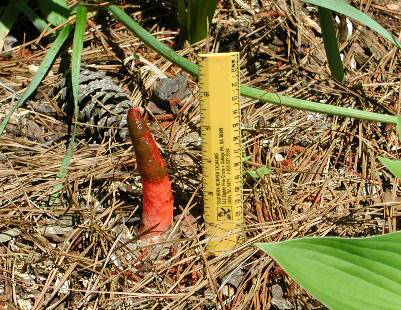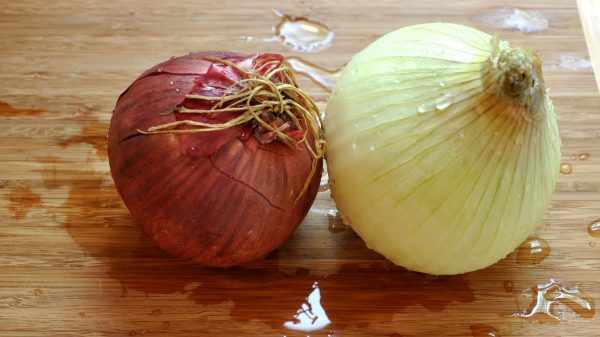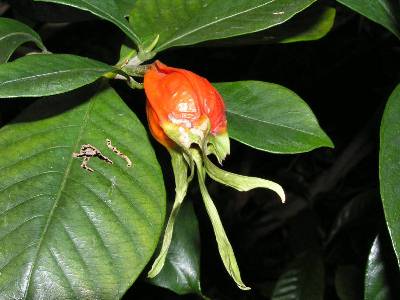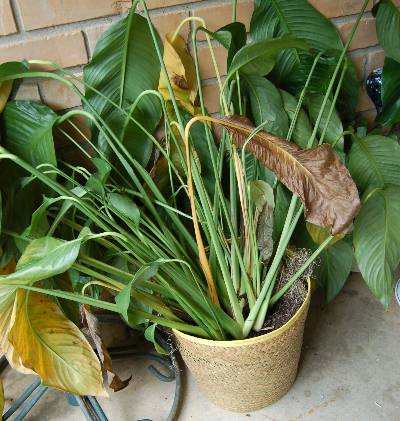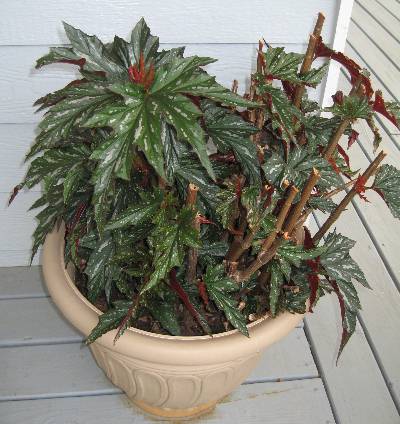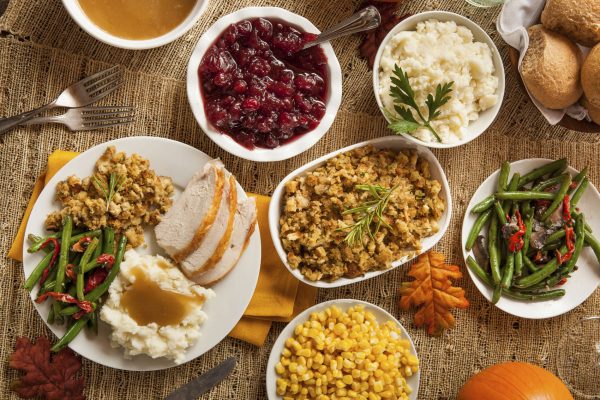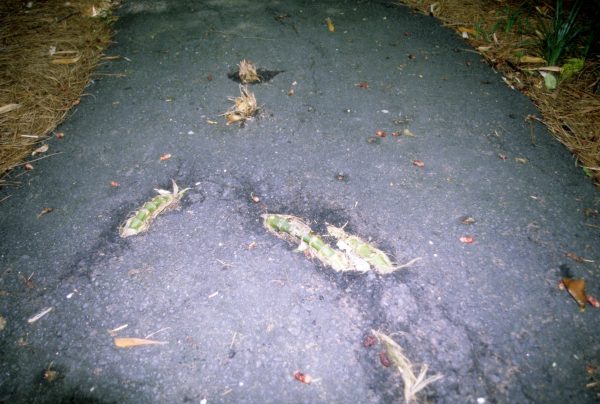Trees – Recovering from Storm Damage
Trees are well adapted to survive for long periods of time in spite of numerous and severe injuries. The great majority of damaged trees will survive, recover, and continue to provide the shade and screen we ask of them.
First, decide whether it is feasible to save a tree. If the bark has been split so the cambium is exposed or the main trunk split, the tree will probably not survive and should be removed.
If there are so many broken limbs that the form of the tree is destroyed, removal and/or replacement will be the best option.
Topping, where all the main branches are cut back so that there are only stubs left, is not a recommended pruning procedure. Though new branches will normally arise from the stubs, they are not as firmly attached as the original branches and will likely break in subsequent storms. Often, the topped tree’s life is shortened.
Caution: Removing large trees or limbs can be dangerous. Do not climb a ladder with a chain saw, do not climb into a damaged tree, and never touch any tree near electrical wires. Assess your particular tree situation carefully and watch for safety hazards. Most tree work needs to be done by a professional arborist, especially when the work requires climbing or the tree is leaning against another tree or structure.
If the tree is salvageable, prune out any dead or broken branches. Proper pruning will allow the trees to recover more quickly and will also minimize the chances of infection by insects or diseases.
If bark is torn away from the tree, use a knife or sharp chisel to carefully trim the edge back to where it contacts the tree, where the inner bark becomes green. Don’t enlarge the wound beyond this point. The living tissue just below the bark is vital to re-establishing the tree’s water- and nutrient-conducting system.
Pruning Properly
Broken branches should be pruned back to the next larger branch or back to the trunk. If cutting back to the trunk, do not cut flush to the trunk, but make the cut at the collar area. The collar area is the transition area between the branch and the trunk. Cutting flush with the trunk will leave a much larger wound than cutting at the collar and will take longer to heal.
This method, developed by scientists of the USDA Forest Service several years ago, results in less decay development. Wound dressings applied to the cut branch or other exposed wood don’t help reduce decay and are not recommended.
Large limbs should be taken off in stages. If you try to take off a large limb in one cut, it will often break before the cut is finished and strip bark from the tree.
1. First make a cut about 15 inches from the trunk. Start from the bottom and cut one-third of the way up through the limb.
2. The second should be made from the top down but started 2 inches further away from the trunk than the first cut. The branch will break away as you make the second cut.
3. The third cut is made to remove the stub that is left and is made at the collar area.



